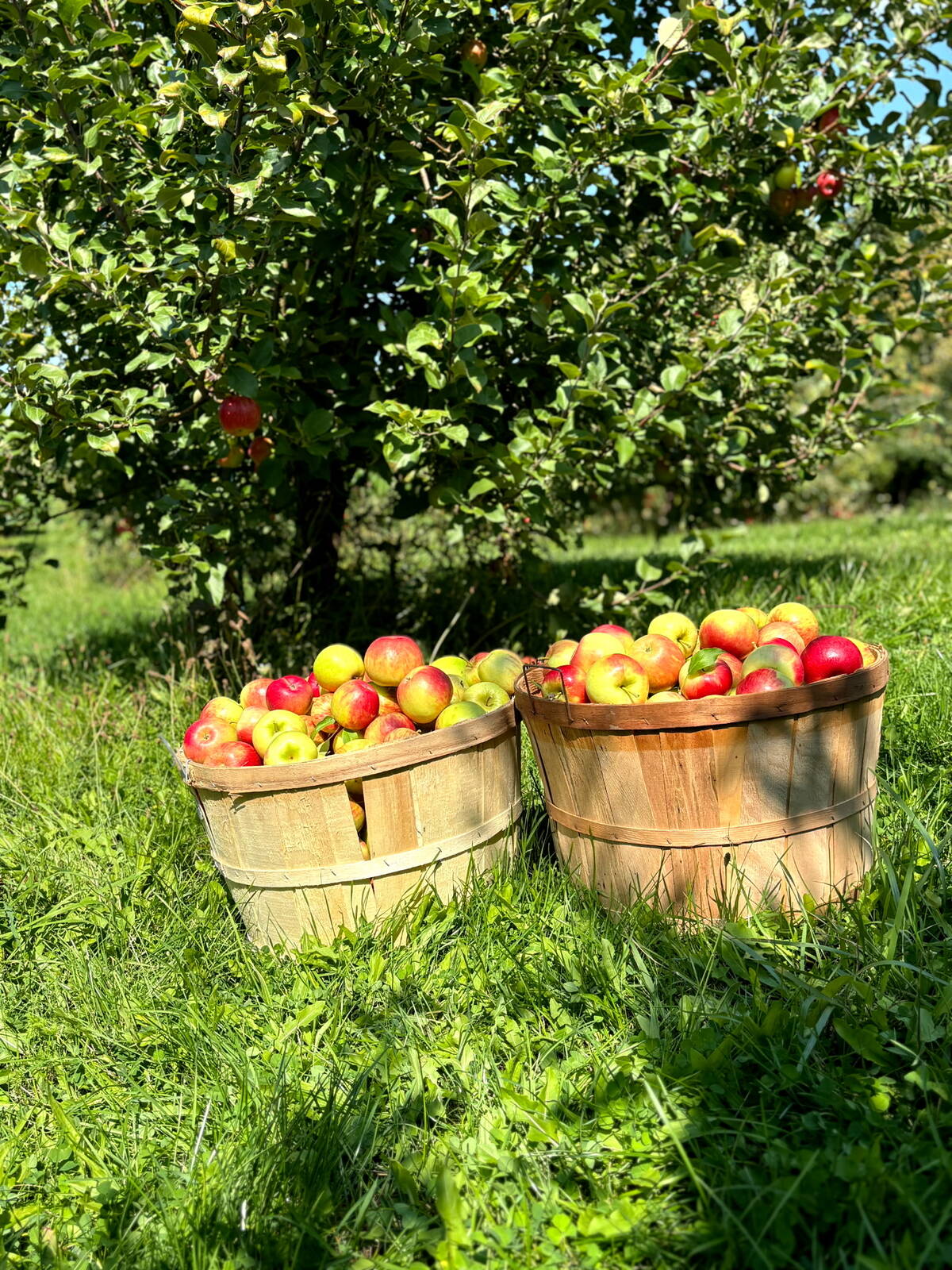Tomato breeders are racing to breed resistance to the Tomato Brown Rugose Fruit Virus. It emerged first in Israel in 2014 and has since spread to Europe, North America and Asia.
Why it matters: Closed systems like greenhouses can be hit hard by damaging viruses so growers are eager to have resistance in popular varieties.
It is a pandemic-type of a disease, says Jeremie Chabanis, head of value chains for Europe, the Middle East and Africa for Syngenta Seeds.
Read Also

Farmers taking to social media to spread the word about the cost of farm thefts
A rash of farm thefts in Ontario have left farmers looking for new ways to help customers understand the cost of stealing goods.
“You can lose 50 to 80 per cent of a crop.”
At the Syngenta Tomato Vision complex near Amsterdam, the company spends about 90 per cent of its time working on resistance solutions.

Chabanis spoke to a tour held in conjunction with the World Seed Congress, where biosecurity to enter the company’s research greenhouse included biosecurity suits, boots and hand washes. Arrival of the virus in a research facility, where about 800 potential varieties of tomatoes are tested each year, would be devastating.
The company finds that some growers avoid tomato varieties susceptible to rugose fruit virus, even if they are market favourites, to manage risk. Instead growers choose varieties bred with some resistance.
It takes six to 10 years to develop a new variety, although breeding in resistance takes less time because the agronomics are already figured out.
According to the Canadian Food Inspection Agency, infected plants have leaves with dark green bulges and narrowing. Tomatoes with the virus show crinkled brown or yellow spots. They are unmarketable with these symptoms.
Snacking tomatoes are in strong demand, says Lotfi Bani, value chain lead for northwest Europe, and they are a speciality for Syngenta.
Bani stood in the company’s variety tasting kitchen surrounded by tomatoes grown in different parts of the world and a rainbow of small snacking tomatoes that vary by colour, consistency and taste. Snacking tomatoes are 20 to 30 per cent of tomato shelf space in global supermarkets.
They appear in many colours because colour is one of the easiest traits to change.

Consumers are looking for taste and uniqueness and varieties like Syngenta’s Yoom, a dark-skinned cocktail tomato with a red inside and savoury, longer-lasting umami taste.
However, tradition also dominates in some areas of the world. In France, Coeur de Boeuf tomatoes are most popular, with less meat inside than varieties familiar to North American consumers.
In Turkey, round tomatoes are a staple. In other parts of the world, like North America, tomatoes still on the vine have become dominant.













